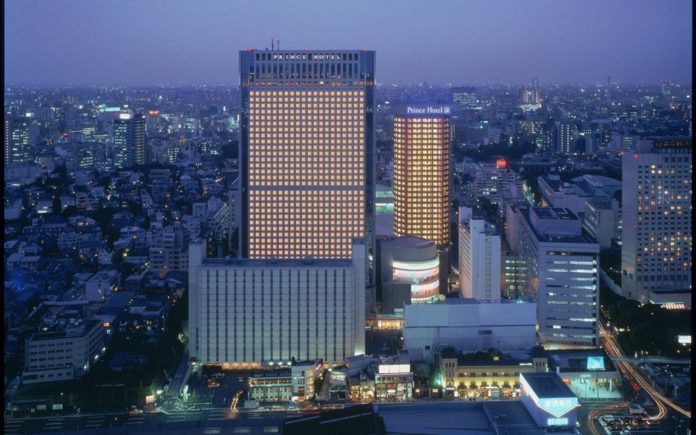 Shinagawa Prince Hotel
Shinagawa Prince Hotel
OCCUPANCY rates for the majority of Tokyo’s top-ranked hotels fell for a sixth consecutive month in July as both domestic and foreign travellers in Japan show increased preference for mid-range accommodation.
Average occupancy fell 3 percentage points in July to 83.2 percent, according to research by The Nikkei. The figure remained above the all-important 80 per cent occupancy level but is expected to continue its fall.
Fifteen of the 18 key hotels in Tokyo experienced lower occupancy rates in July. The Shinagawa Prince Hotel, for example, saw its rate decline 1.7 percentage points, with the fall blamed on a 6 per cent increase in room rates.
More foreign visitors are becoming increasingly cautious about their spending since the yen remains relatively strong, which translates to more modest spending habits.
Meanwhile, Yoko Shukunobe, of the business performance management team at Mystays Hotel Management, which is not a luxury operator, is seeing good performance across the company’s more than 50 properties in Japan.
“Our occupancy rate has been around the 85 per cent level throughout the summer and we have been seeing more demand from overseas visitors,” she said.
“We have seen some of the big hotels increasing their charges and that has perhaps been effective while the yen was weaker and visitors were willing to spend more, but that has changed,” explained Shukunobe.
“For us, we believe it is better to have a higher occupancy than a bigger profit. We will not be raising our prices as we do not believe it is good for our customers.”
Signs are currently pointing to high-end properties reversing their price positions soon, with some hotels already reducing room rates in July in anticipation of increased competition.




















